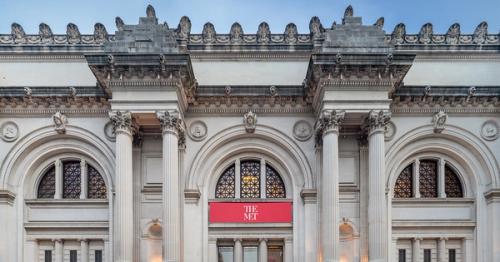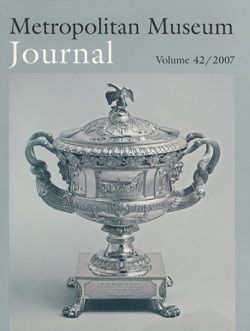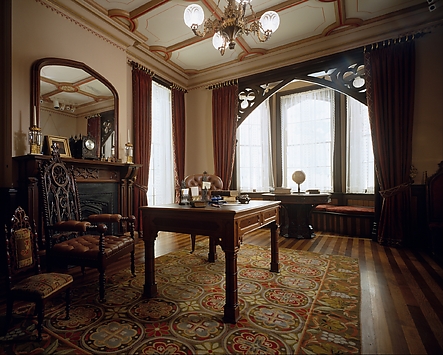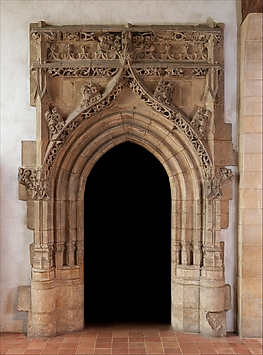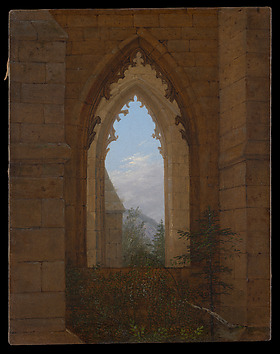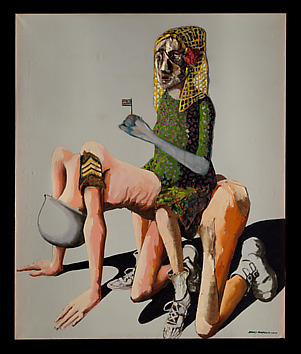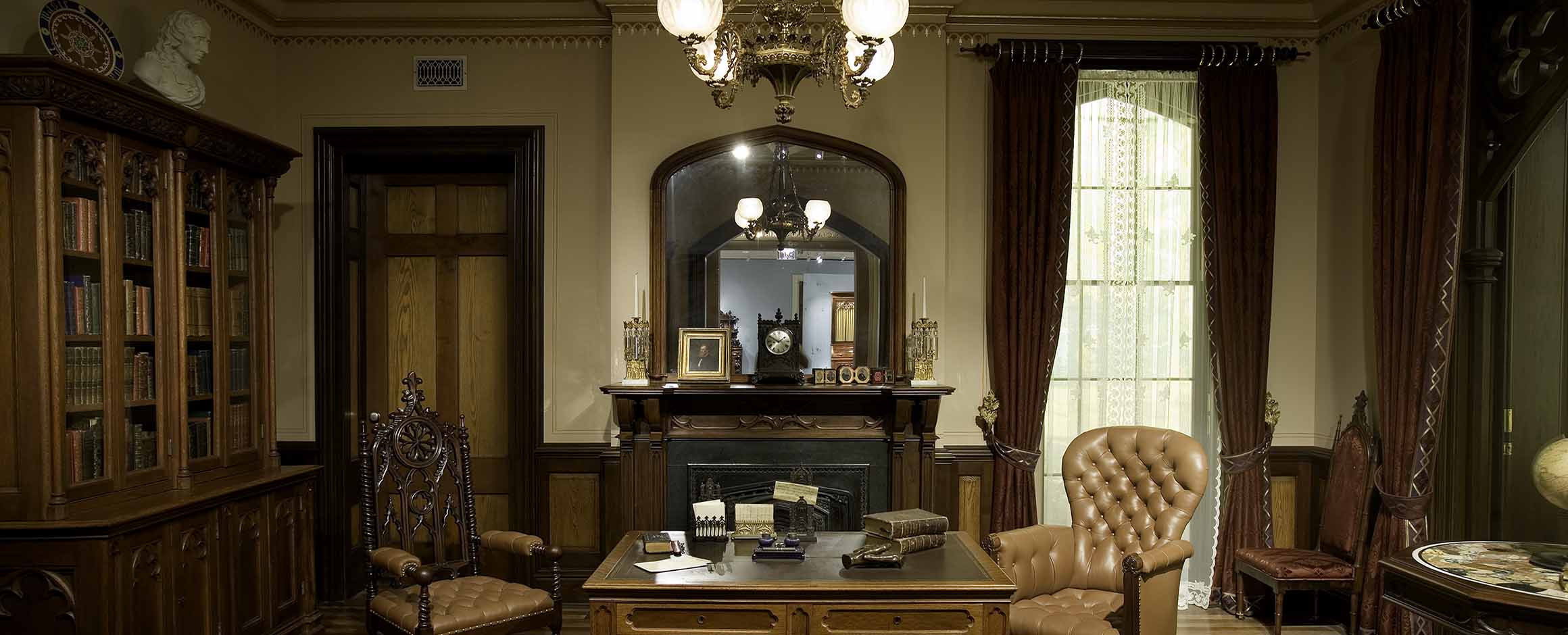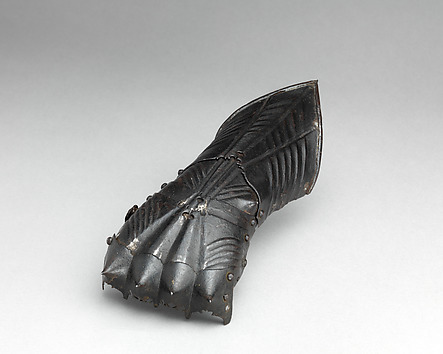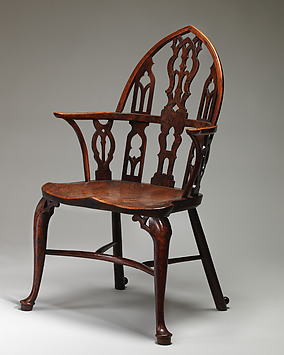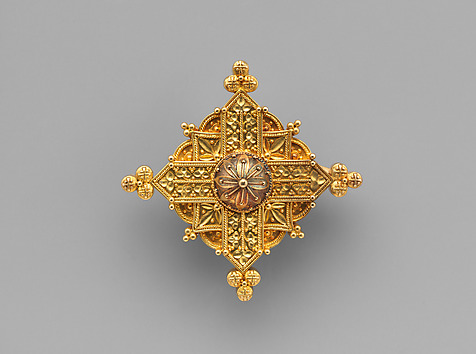Both this book and the exhibition, Gothic and Renaissance Art in Nuremberg, document the artistic vitality of one of the most influential urban centers in Europe to arise at the end of the Middle Ages. The selection of specific works of art, and the essays that illuminate them, give a clear focus to the period from the fourteenth through the first half of the sixteenth century. This was a transitional and pivotal time for Nuremberg in its evolution from an important but artistically self-contained Late Gothic town to a Renaissance city, whose artistic, humanistic, technological, and scientific endeavors were of far-reaching consequence. The production of works of art—including some of the highest moments of human achievement—paralleled the city's strengthening commercial position. The benevolent yet firm hand of a patrician government produced a stable environment, while members of the great families became the leading patrons. The present occasion is a special "first" in several respects. Never before has such a constellation of fine Medieval and Renaissance objects been permitted to leave Germany for exhibition in the United States. This event provides the American public with a unique opportunity to study and enjoy a historic sampling of Nuremberg's past. Included here are objects created by important anonymous masters, such as the so-called "Hansel" Fountain Figure and the Schlüsselfelder Ship, along with major groups of works by such celebrated Nuremberg artists as Veit Stoss, Albrecht Dürer, Hans Suess von Kulmbach, Hans Baldung Grien, Peter Vischer the Elder and his sons, and Peter Flötner. Much of this art, which belongs to the museums and churches of Nuremberg, and to the city itself, is the nucleus of both this catalogue and the exhibition that it accompanies. The exhibition, likewise, is an especially valuable event for the Nuremberg public, who will see assembled in its city many well-known masterpieces that, over the centuries, have been dispersed to such far-flung locations as Aachen, Baltimore, Berlin, Boston, Cleveland, Detroit, Dublin, London, Oxford, Paris, and Vienna. To all lenders whose generosity has permitted this reunion, we are deeply grateful. While there have been other efforts, both by way of publications and exhibitions, to examine significant portions of the art and culture of Nuremberg's history—the most recent being Jeffrey Chipps Smith's excellent Nuremberg, A Renaissance City, 1500–1618, Austin, The University of Texas, 1983—the direction that the current project has taken, from its inception in 1982, has centered upon the inclusion of the widest possible range of works of art, diversified both in medium and in function, from the Late Gothic and the Renaissance periods (1300–1550), closing with examples by Peter Flötner and mid-sixteenth-century arms and armor. The result is unprecedented for its comprehensiveness. Another milestone of Gothic and Renaissance Art in Nuremberg is that it represents the remarkable international collaboration between the Germanisches Nationalmuseum and The Metropolitan Museum of Art. The project, initiated by the Metropolitan Museum but quickly augmented and given impetus by the museum in Nuremberg, has been formed, carried forward, and refined by the two curators-in-charge, Rainer Kahsnitz and William D. Wixom. The selection of subjects and objects is theirs. This effort has resulted in a valuable overview of many aspects of the theme of the exhibition and, at the same time, has led to intelligent reappraisals of a number of unfamiliar—as well as familiar—works of art.
